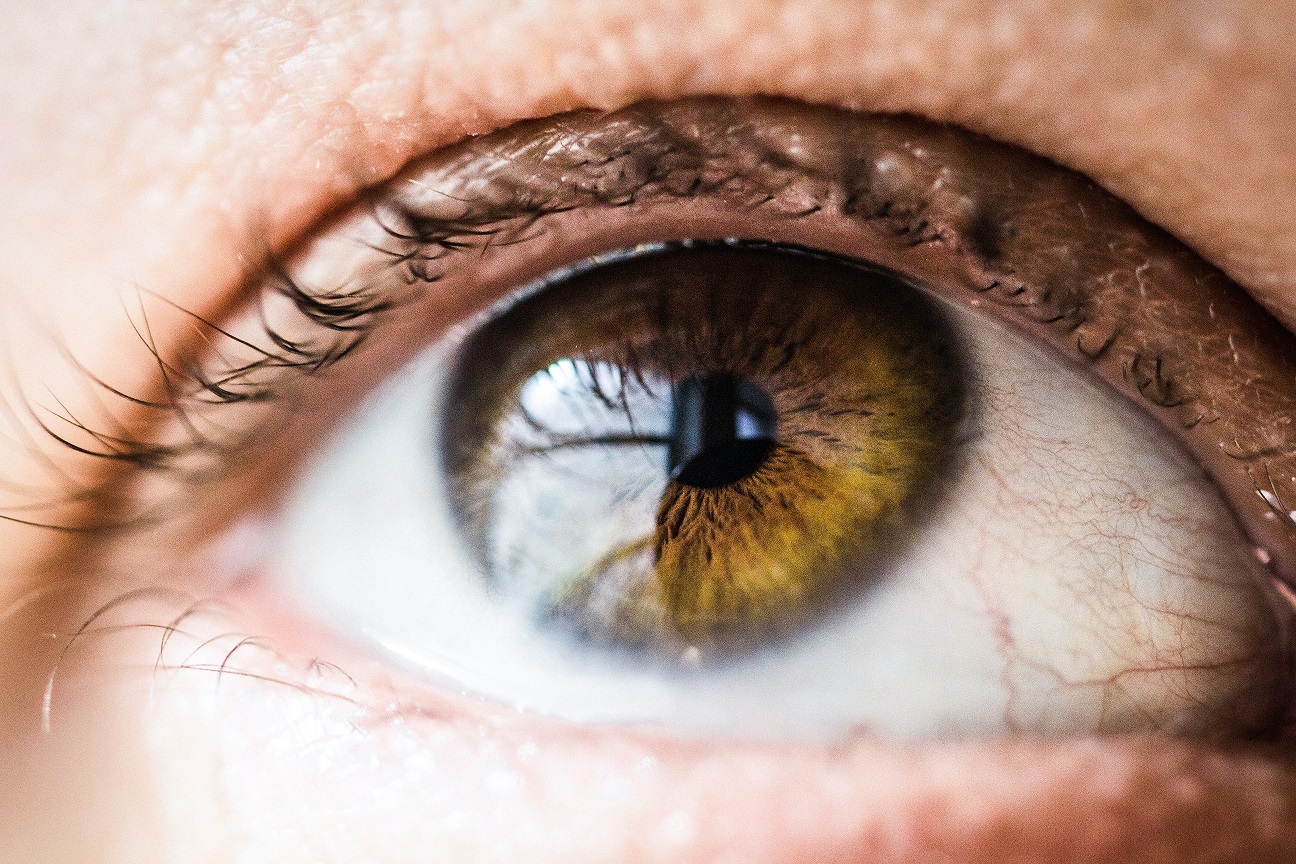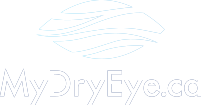The tear film is a unique layer on the outer surface of our eye and is approximately 3 μm thick and 3 μl in volume. It contains several biochemical functions that play a significant role in maintaining the balance of our tears. When there is an imbalance of the tears, dry eye symptoms will start to arise such as irritation, burning and eye fatigue. It contains 3 different types of layers: the mucin layer, the aqueous layer and the lipid layer. In this blog, we will discuss each layer and explain how it works.
Mucin Layer
The mucin layer is the innermost layer of the tear film. The main function of these cells is to provide stability and attach the tears to the cornea. There are many cells in this layer such as the goblet cells, epithelial cells of and the acinar cells of the lacrimal gland.
Interestingly, there was a study that demonstrated a significant reduction in goblet cell density post-LASIK surgery. With a decrease in goblet cells, there is less adherence of the tears to the cornea resulting in weak tear film. To help with dry eye symptoms, your eye doctor may recommend to use preservative-free artificial tears for at least 6 months after LASIK surgery.
Aqueous Layer
The middle layer of the tear film is the aqueous layer. This water layer contains various electrolytes, proteins and antibodies to protect the eye from infection. As you blink, the tears will help “flush out” any foregin bodies, debris or toxins. If you’ve ever had anything in your eye, you may remember your eyes getting very watery. It’s doing a natural rinse to remove that pesky thing in there! The water is also produced by the lacrimal gland and its accessory glands.
Lipid Layer
This outermost layer of the tear film is the lipid layer or the oil layer. Its main function is to slow down the rate of evaporation of tears. When there is not enough oil, the tears dry up fast and cause intense irritation.
The oils are created by the meibomian glands and when your oils are low, you end up with meibomian gland dysfunction. The good news is that there are several in-office procedures that can push out the oil effectively by heating it to allow for clearer secretion. The top treatment methods are LipiFlow, Intense Pulsed Light and Radiofrequency and iLux.
If You Have Dry Eye, Find a Dry Eye Doctor Near You to Help!
Dry eye doctors will know how to target each tear film layer and improve your dry eye symptoms. You shouldn’t have to suffer with irritated eyes. Speak to an expert equipped with all the knowledge and in-office procedures and tools. Head over to our doctor locator to find a clinic near you.









